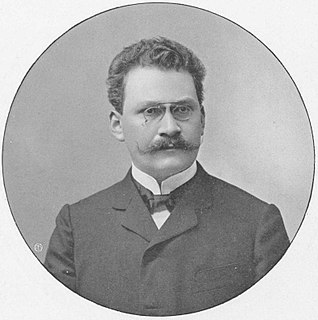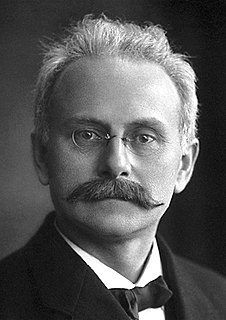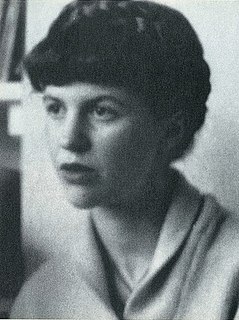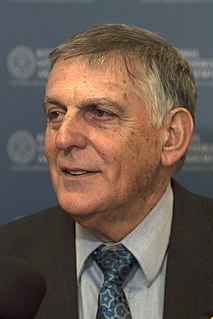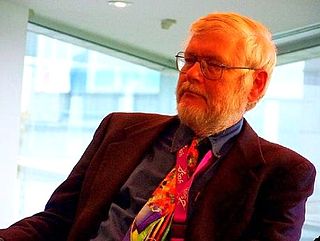A Quote by Pieter Zeeman
The magnetic cleavage of the spectral lines is dependent on the size of the charge of the electron, or, more accurately, on the ratio between the mass and the charge of the electron.
Related Quotes
The laws of science, as we know them at present, contain many fundamental numbers, like the size of the electric charge of the electron and the ratio of the masses of the proton and the electron .... The remarkable fact is that the values of these numbers seem to have been finely adjusted to make possible the development of life.
Indeed, nothing more beautifully simplifying has ever happened in the history of science than the whole series of discoveries culminating about 1914 which finally brought practically universal acceptance to the theory that the material world contains but two fundamental entities, namely, positive and negative electrons, exactly alike in charge, but differing widely in mass, the positive electron-now usually called a proton-being 1850 times heavier than the negative, now usually called simply the electron.
The rigid electron is in my view a monster in relation to Maxwell's equations, whose innermost harmony is the principle of relativity... the rigid electron is no working hypothesis, but a working hindrance. Approaching Maxwell's equations with the concept of the rigid electron seems to me the same thing as going to a concert with your ears stopped up with cotton wool. We must admire the courage and the power of the school of the rigid electron which leaps across the widest mathematical hurdles with fabulous hypotheses, with the hope to land safely over there on experimental-physical ground.
It was not until some weeks later that I realized there is no need to restrict oneself to 2 by 2 matrices. One could go on to 4 by 4 matrices, and the problem is then easily soluable. In retrospect, it seems strange that one can be so much held up over such an elementary point. The resulting wave equation for the electron turned out to be very successful. It led to correct values for the spin and the magnetic moment. This was quite unexpected. The work all followed from a study of pretty mathematics, without any thought being given to these physical properties of the electron.
Crystallographers believed in X-ray results, which are of course very accurate. But the x-rays are limited, and electron microscopy filled the gap, and so the discovery of quasicrystals could have been discovered only by electron microscopy, and the community of crystallographers, for several years, was not willing to listen.
It would be great if you could cool the water and immobilise the molecules, though keeping the structure, because when it's frozen, when it's immobilised, you can have it in the electron microscope and the water will not evaporate because in the electron microscope, it must be under vacuum, and water at normal temperature evaporates.





